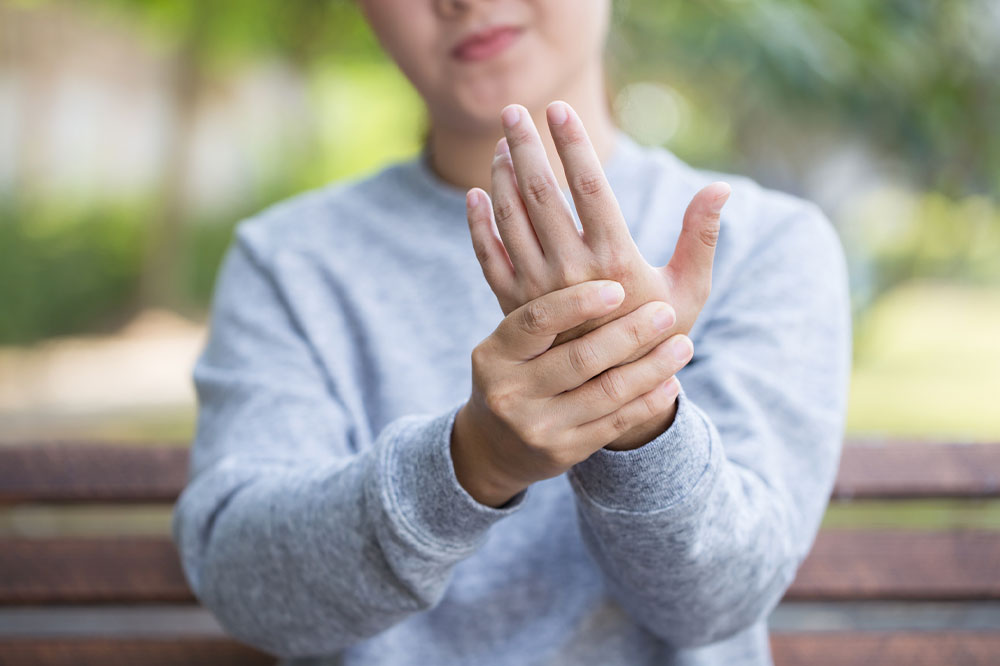6 foods that may aggravate breathing difficulties
Breathing-based illnesses make getting through a day challenging for people living with them. To top it off, if such individuals eat these “wrong” foods, that will aggravate the condition even more. People overlook the sheer vitality of foods on their respiratory system, which is a massive oversight and can have dire consequences on their health. The worst foods are loaded with sugar or other unhealthy compounds or are overly processed. So let’s look at a few. Beef and pork Regarding processing, red meats contain several chemical preservatives and additives to boost their shelf life and edibility. Additionally, such foods are also packed with saturated fats. Therefore, regularly eating foods such as beef, pork, lamb, mutton, veal, goat, venison, and red meats raises the level of low-density lipoprotein (LDL) in the body dramatically. In addition, LDL is linked with lung inflammation and greater difficulty inhaling oxygen and exhaling carbon dioxide. This risk element gets compounded several times more when people with severe respiratory issues such as COPD or asthma consume foods loaded with processing chemicals and saturated fats. Due to their inflammatory nature, people with respiratory illnesses will do well to steer clear of processed meats and foods. Cakes and pastries As implied earlier, refined sugar is an equally big negative regarding lung health.
Read More 









